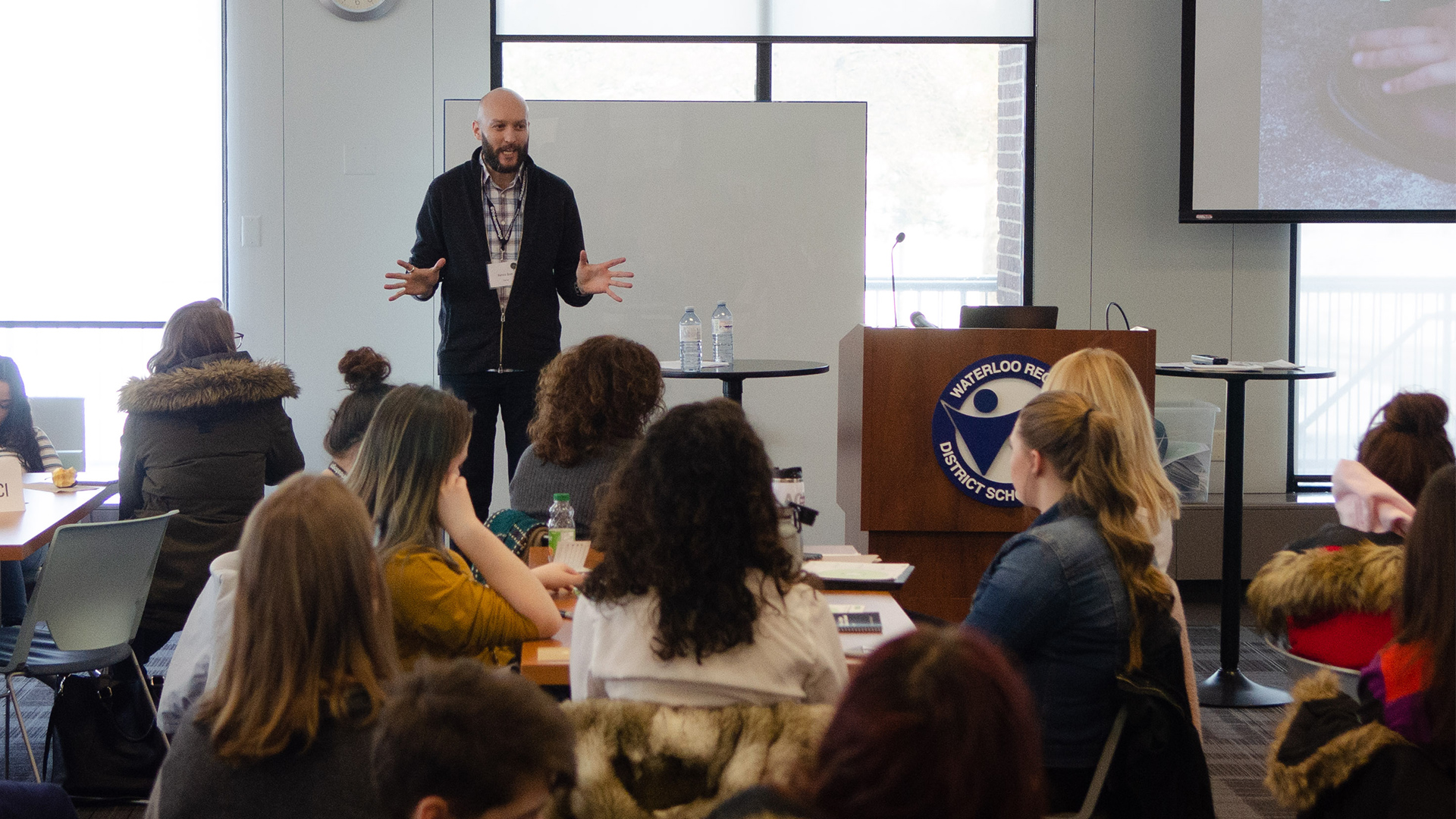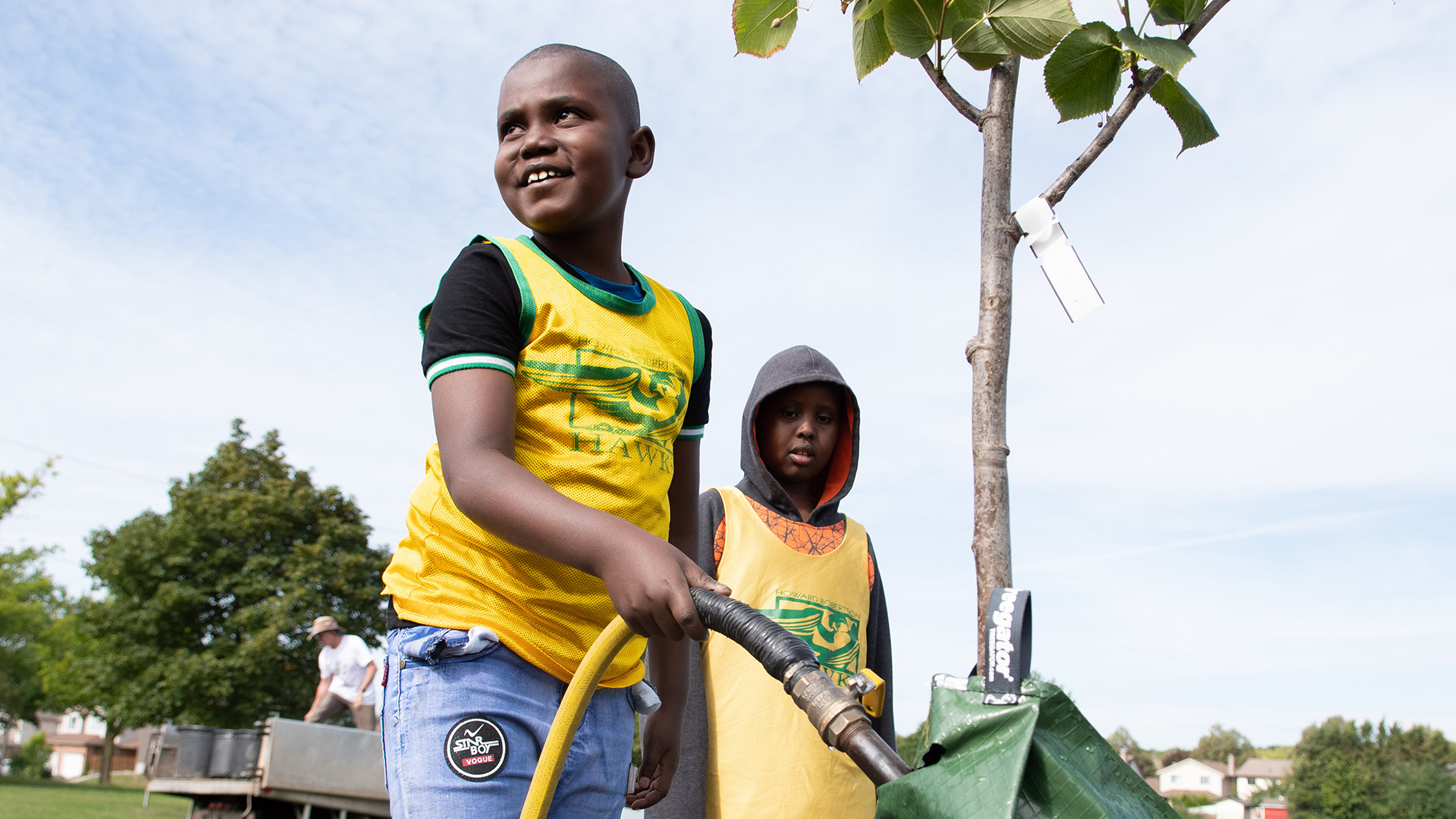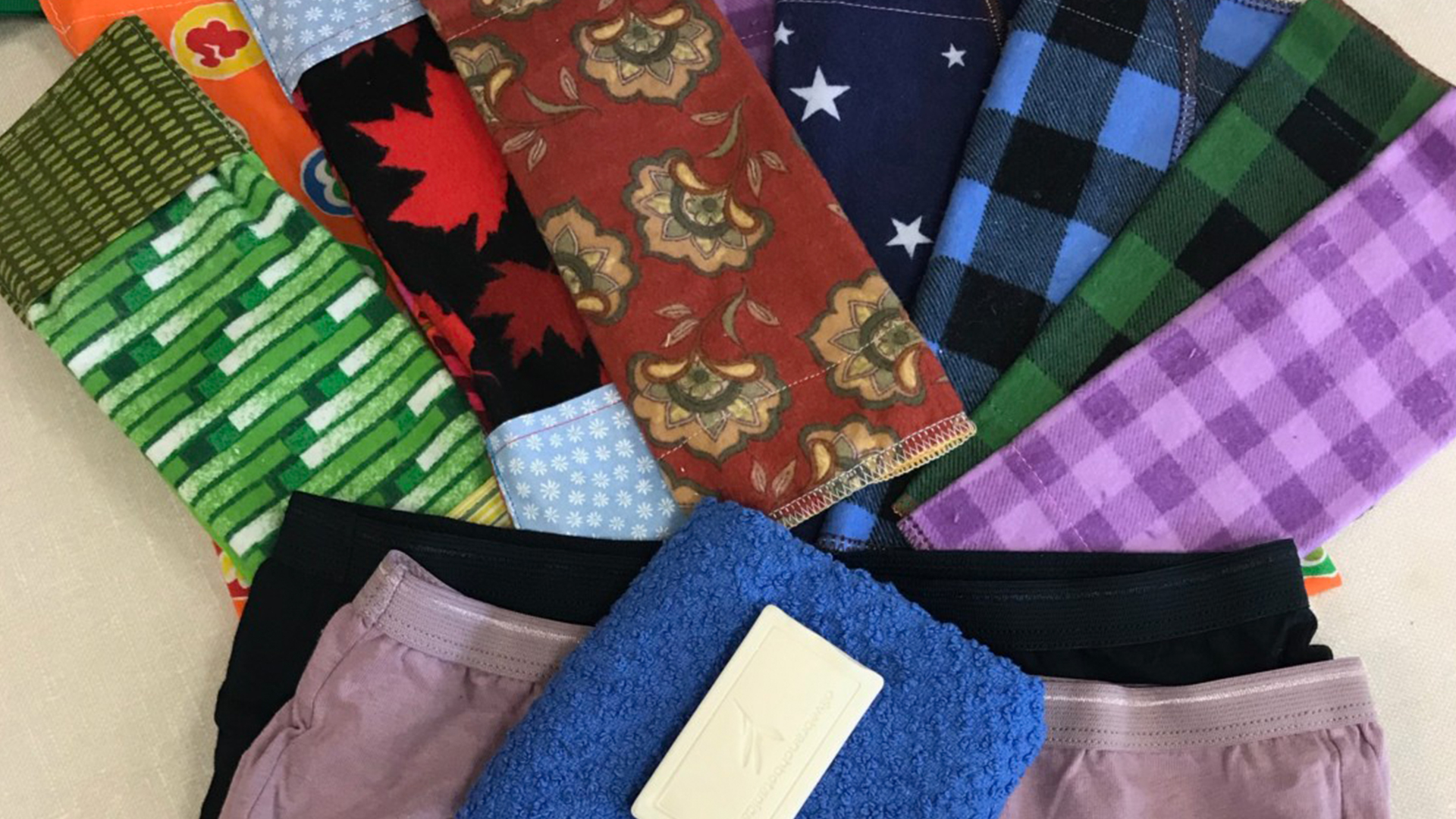
WRDSB Conference Helps Students Find Their Voice
For two months, secondary students across our district worked hard developing their ideas to increase student engagement in their schools. In April, they presented their ideas to WRDSB staff, trustees, community members and their peers as part of Phase 2 of the Voices Conference.
Their ideas started in March, when they participated in Phase 1 of the Voices Conference. It was at this event where students learned the concept of design thinking thanks to our partners at Overlap Associates. Using design thinking to guide them, students researched, generated discussion, created a prototype and tested their ideas on how to increase student engagement.
For many students, increasing engagement meant creating a space at school where students feel supported in their wellness. The group from Kitchener-Waterloo Collegiate Institute developed a Zen Den. Here, students will have a quiet area where they can work quietly, have access to healthy snacks and calming activities.
At Jacob Hespeler Secondary School, students came up with the idea of the Hawks Wellness Centre. During the research stage of their planning, students realized that their peers don’t know what supports are available to them or where to access them. The wellness centre will be a space for everyone, with quiet working spaces and comfortable furniture.
Students at Preston High School noticed their school doesn’t have a quiet area and created the idea for a quiet room. This space would have dim lighting and ambient music playing. Here, students can work on their school work or take a break and gather themselves between classes.
Supporting wellness in schools goes beyond four walls where students can have quiet time. Wellness is also supported by making connections with teachers and other students.
During the research process, Southwood Secondary School students discovered that some of their peers feel anxious attending certain classes. They hope to see the first class of each subject focused on getting to know one another, both students and teachers. Starting the semester this way will strengthen relationships between students and teachers and in turn, hopefully, increase attendance and student engagement.
Making connections with peers outside of class can be challenging for some people. Elmira District Secondary School wants to implement the Link Crew program, which will allow senior students to act as mentors and guides for Grade 9 students as they make their transition to high school. They hope that making these connections will help Grade 9 students be successful, both academically and socially.
Having students work collaboratively and passionately at ways to increase engagement in their schools was rewarding for Voices conference creator, Stephanie Morris. “From the beginning, I hoped the process of the Voices project would help students feel a sense of connection and an investment to their school communities,” said Morris. “The ownership and initiative that some of our students took, in not only putting their ideas together but then sharing them in such a large format, made me so proud. Helping not only a few but several students find a platform for their voice was the best part for the whole Voices Committee and me.”
Discovering that their voice mattered was new and surprising for the participants. “We, as students, finally felt like we had a voice and what we did or said could make a change,” said Brady, a student at Waterloo-Oxford District Secondary School.
“This was such a great opportunity for us. Having other students come to see what we have to say is important,” said Shae, another student from Waterloo-Oxford DSS, who worked with Brady on a concept to create an indoor-outdoor learning space for their school. “It’s nice to know that what we say goes somewhere, and people will listen to you.”
Finding ways to engage students, particularly those who may not have the credits to graduate, in their learning can be challenging. It made sense to go right to the source and have students come up with solutions. “It was satisfying to see these students feeling proud and valued that they had not only been asked to attend the Voices Conference but that we wanted to know what they thought about these topics,” said Morris. “I hope that these students continue to use their voices in their classes, halls, communities and beyond.”



